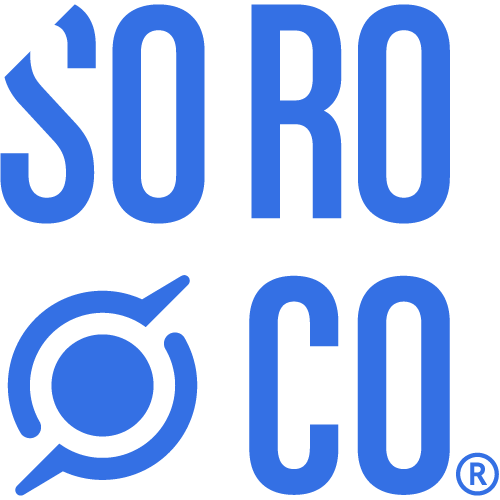Tangentia is proud to announce the expansion of our North American sales and leadership team. We understand the value people bring to our organization and it has been our goal since expanding into the USA. to create job opportunities for professionals throughout North America who want to be part of the quickly evolving artificial intelligence and automation industry.

We are excited to announce that Robert Lye is joining our leadership team as Vice President & Chief Evangelist – Automation. Robert will bring thought leadership and transformational thinking to Tangentia customers to aid in building and growing successful intelligent automation programs and accelerating value realization.
Seasoned by hands-on real-world experience, Robert offers great insights into the opportunities and challenges of digital transformation and will be an integral part of ensuring our customers have the tools and support they need to navigate the fast-paced world of automation.
“I am honored and humbled to be joining the Tangentia Family and to work alongside a remarkably talented team,” Robert says. “I am extremely excited for the journey ahead and look forward to enhancing the success of Tangentia customers.”
Also new to the Tangentia team is Joseph Saad, who joins us as our new Sales Account Executive based in Montreal, Canada. He speaks English, French, and Arabic and comes with a very experienced background in sales. Joseph has already embarked on his journey at Tangentia, and we look forward to building a robust Montreal-based team in the near future.

We are also pleased to welcome two new members of our executive sales team in the USA. Shawn Bakos is our new Sales Account Executive based in Delaware, USA. He comes with many years of experience in the IT field besides being in the US Navy. An avid sports person who played competitive ice hockey, we are pleased to have Shawn Bakos flying the Tangentia flag on the US East Coast.
Mike Fox is our new Sales Account Executive based in San Diego, California. Mike is an expert in sales farming, hunting, and fostering profitable win-win deals, and he has a passion for building long-lasting customer relationships. We are excited to have Mike on board and besides bringing on board the warm California sun, we are confident his experience will stand us in good stead on the US West Coast.
Vijay Thomas, Founder and CEO at Tangentia said “It is fantastic to have Robert Lye, take the plunge from being a customer of Tangentia to joining our senior leadership team. It is a ratification of the Tangentia strategy of growth and value creation for our customers.”
George Bennett, VP Sales at Tangentia mentions “ Alongside Bob, we are really excited to have Joseph in Montreal, Mike in San Diego and Shawn in Delaware join our team. It's full steam ahead from now on.”
Tangentia is passionate about bringing the best people onboard, so we can provide top-tier value to our customers through collaboration and innovation. We have been certified as a Great Place to Work for 2022 and we have been certified by the Canadian Aboriginal and Minority Supplier Council as an aboriginal and minority business enterprise.
As one of INC 5000’s Fastest Growing American Companies in 2018 and one of Growth 500’s fastest-growing companies in Canada 6 years in a row, we are always looking for top talent. Visit our Careers page to find out more about how you can become part of the Tangentia team.



























